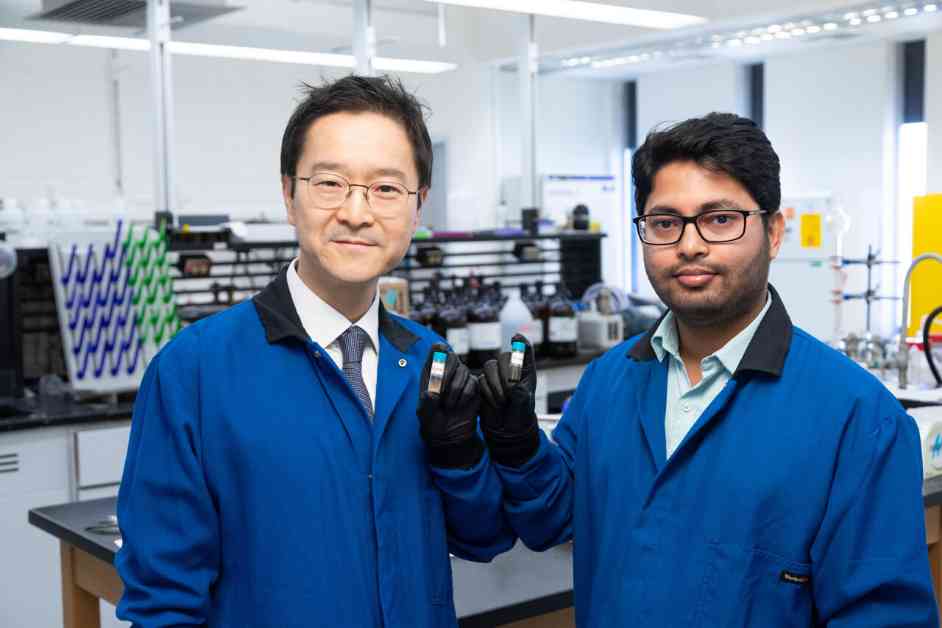Biomass-Based Polymer for Efficient CO? Capture and Release
Researchers at the FAMU-FSU College of Engineering have made a groundbreaking discovery in the field of carbon capture technology. Associate professor Hoyong Chung and postdoctoral researcher Arijit Ghorai have developed a new biomass-based material that has the capability to efficiently capture and release carbon dioxide (CO2). This innovative material offers a sustainable solution to addressing carbon emissions and has the potential to revolutionize the way we approach carbon capture and storage.
The Science Behind the Innovation
The biomass-based material developed by Chung and Ghorai is primarily composed of lignin, an organic molecule found in wood and plants. Lignin serves as the main component of the material, enabling it to effectively absorb CO2 from concentrated sources or directly from the atmosphere. This unique property makes it a versatile tool for capturing carbon emissions in various settings.
One of the key advantages of this material is its ability to control the capture and release of CO2 without the need for high pressure or extreme temperatures. This makes the process more efficient and cost-effective, paving the way for widespread adoption of this technology in carbon capture projects. Additionally, the structure of the material remains stable even after multiple uses, ensuring its long-term effectiveness in mitigating carbon emissions.
Potential Applications and Benefits
The biomass-based material developed by Chung and Ghorai has the potential to address a wide range of environmental and industrial challenges. By capturing CO2 from concentrated sources or ambient air, the material can help reduce greenhouse gas emissions and combat climate change. The captured CO2 can be sequestered permanently or released for use in various applications, such as manufacturing, agriculture, and chemical processes.
Furthermore, the release mechanism of the material offers unique opportunities for converting captured CO2 into high-value chemicals. By controlling the heat applied to the material, researchers can regulate the amount of CO2 released and explore new possibilities for utilizing this captured gas in different reactions. This opens up a world of possibilities for transforming CO2 from a harmful greenhouse gas into a valuable resource for sustainable development.
Future Implications and Research Directions
The development of this biomass-based material represents a significant step forward in the field of carbon capture technology. As researchers continue to explore the potential applications and benefits of this innovative material, new opportunities for reducing carbon emissions and promoting sustainability will emerge. By harnessing the power of natural resources like lignin, scientists can develop eco-friendly solutions to address the global challenges of climate change and environmental degradation.
In conclusion, the biomass-based polymer developed by the FAMU-FSU College of Engineering researchers offers a promising avenue for efficient CO2 capture and release. With its ability to control carbon dioxide emissions without high pressure or extreme temperatures, this material has the potential to revolutionize the way we approach carbon capture technology. As we move towards a more sustainable future, innovations like this will play a crucial role in mitigating the impact of climate change and promoting environmental stewardship.













